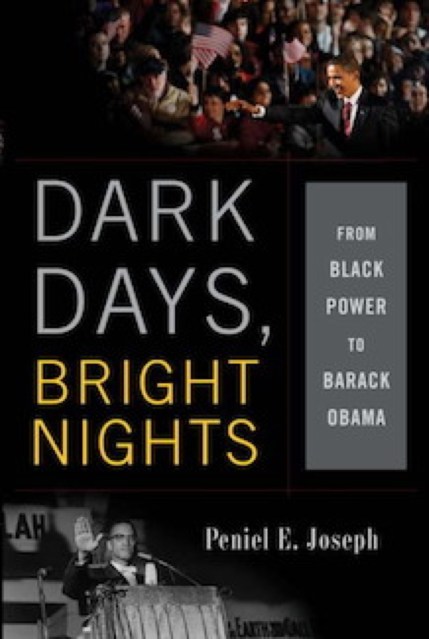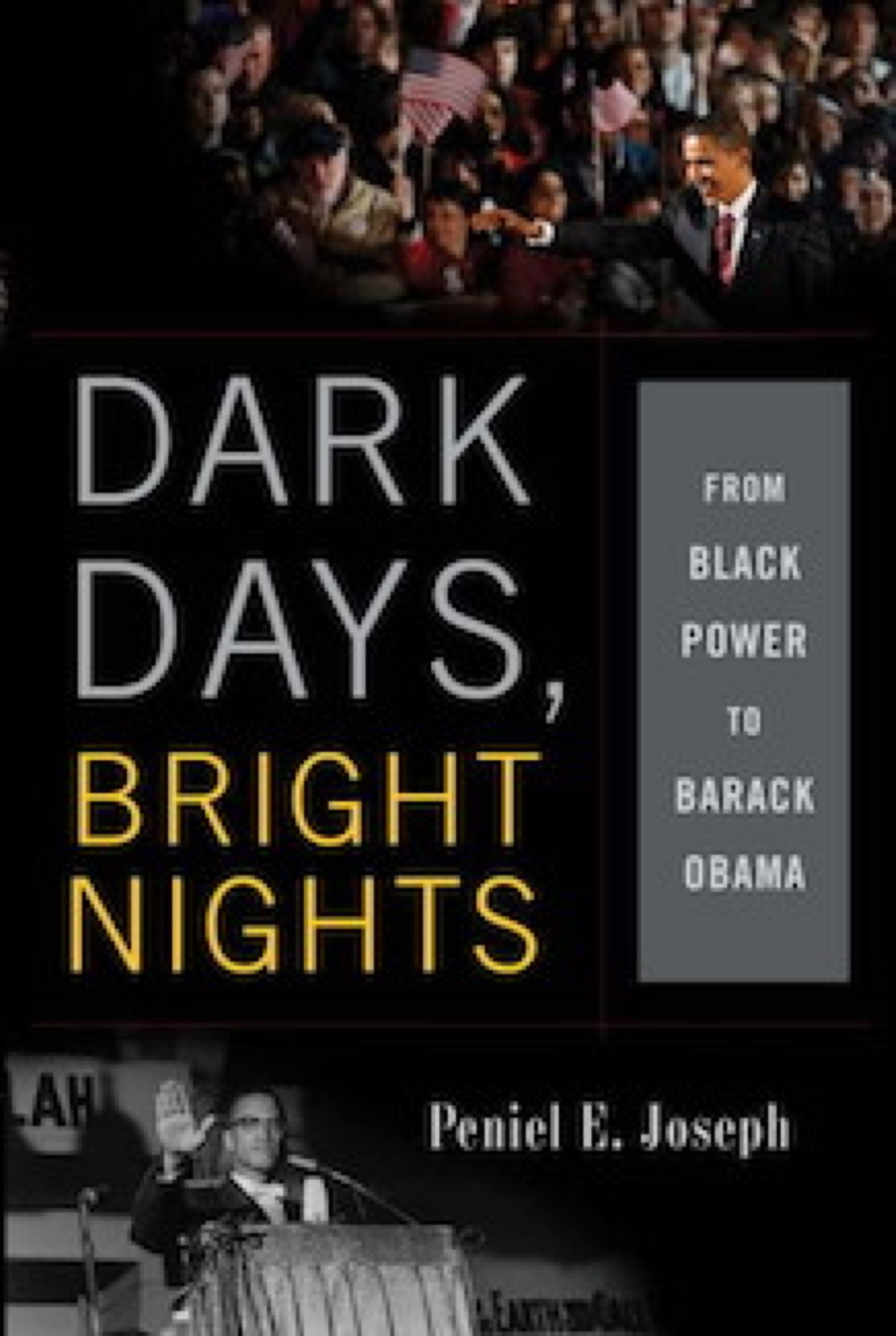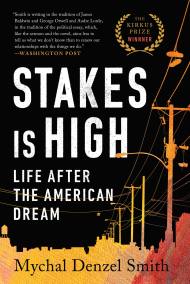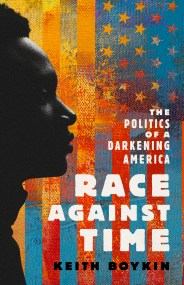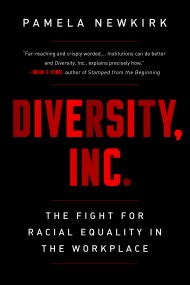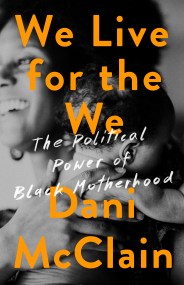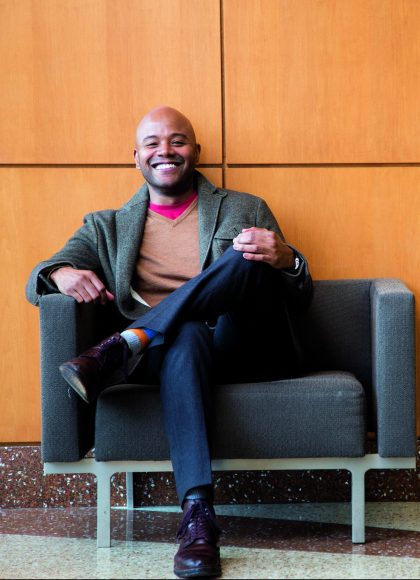Promotion
Use code MOM24 for 20% off site wide + free shipping over $45
Dark Days, Bright Nights
From Black Power to Barack Obama
Contributors
Formats and Prices
Price
$11.99Price
$14.99 CADFormat
Format:
- ebook $11.99 $14.99 CAD
- Trade Paperback $21.99 $28.99 CAD
This item is a preorder. Your payment method will be charged immediately, and the product is expected to ship on or around January 5, 2010. This date is subject to change due to shipping delays beyond our control.
Also available from:
Joseph argues that the 1965 Voting Rights Act burst a dam holding back radical democratic impulses. This political explosion initially took the form of the Black Power Movement, conventionally adjudged a failure. Joseph resurrects the movement to elucidate its unfairly forgotten achievements.
Told through the lives of activists, intellectuals, and artists, including Malcolm X, Huey P. Newton, Amiri Baraka, Tupac Shakur, and Barack Obama, Dark Days, Bright Nights will make coherent a fraught half-century of struggle, reassessing its impact on American democracy and the larger world.
Genre:
- On Sale
- Jan 5, 2010
- Page Count
- 288 pages
- Publisher
- Civitas Books
- ISBN-13
- 9780465020874
Newsletter Signup
By clicking ‘Sign Up,’ I acknowledge that I have read and agree to Hachette Book Group’s Privacy Policy and Terms of Use
